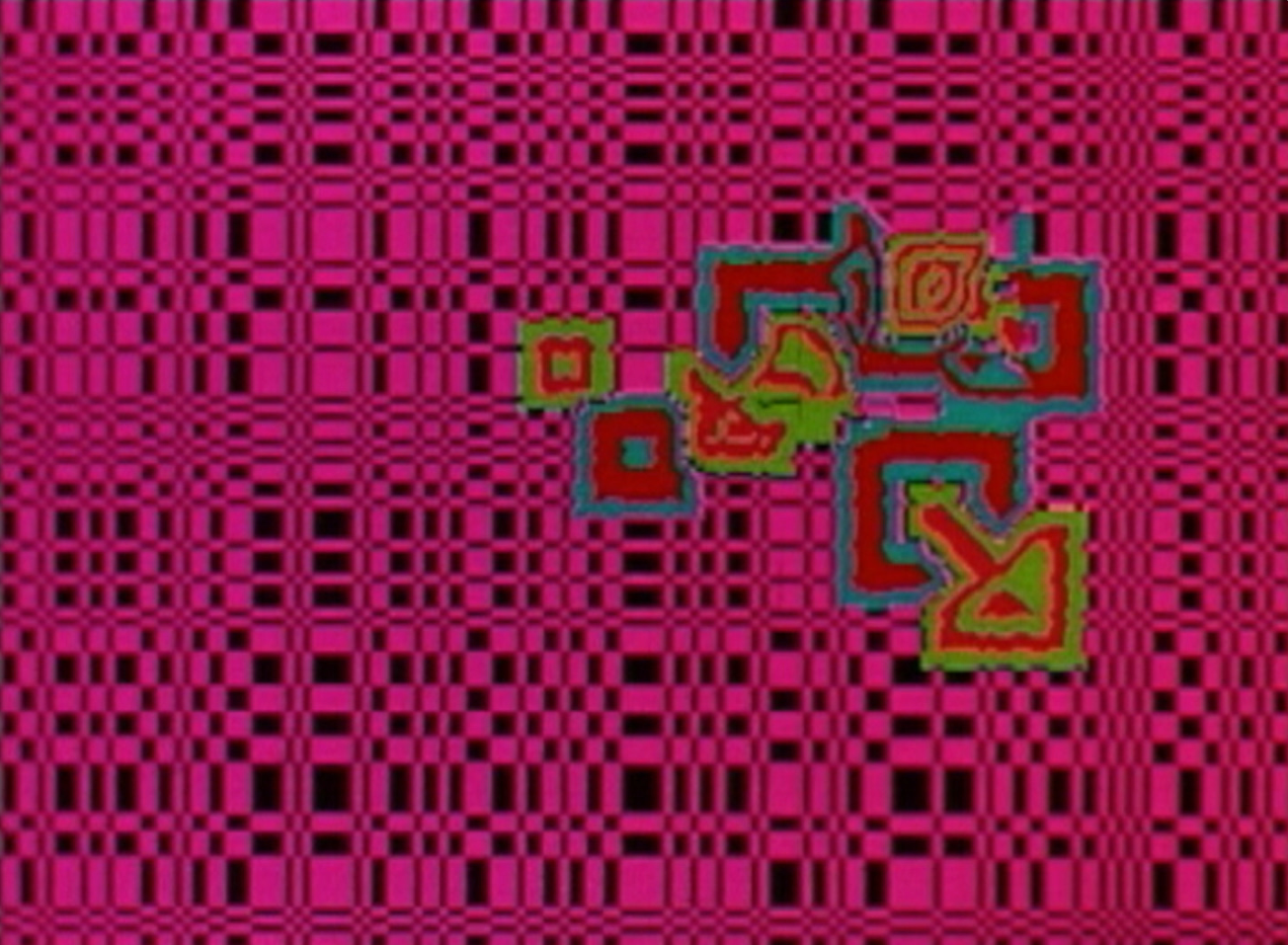Programmed: Rules, Codes, and Choreographies in Art, 1965–2018 | Art & Artists
Sept 28, 2018–Apr 14, 2019
Programmed: Rules, Codes, and Choreographies in Art, 1965–2018 | Art & Artists
Signal, Sequence, Resolution:
Image Resequenced
4
Several of the “programmed” works here reflect on how rules and code are used to rearrange images. Nam June Paik’s massive wall of televisions, Fin de Siècle II, for example, choreographs music videos and “dissolves” the television program into combinations of dancing patterns, providing a different framework to understand broadcasting. Other works resequence images while engaging with such varied subject matter as image processing, interactive storytelling, and political commentary. Steina’s multichannel video installation Mynd investigates the aesthetic effects of software processing, while Lynn Hershman Leeson’s interactive installation Lorna prompts visitors to navigate a branching narrative with multiple endings and the two works from Barbara Lattanzi’s series C-Span x 4 annotate news reportage with subtitles borrowed from a political sci-fi film or karaoke-format song lyrics.
Lillian Schwartz, Enigma, 1972
Lillian Schwartz made these pioneering computer generated films at AT&T Bell Laboratories, where she was artist-in-residence from 1969 to 2002.
To create Enigma, Schwartz used EXPLOR, a programming macro language (a program that specifies an output sequence based on a defined input) written in Fortran that divides the screen into a grid of pixels and generates images as patterns of dots that form in randomly generated areas. The film rapidly shifts between black and white rectangular forms, creating the perception of strobing color. In the second half, Schwartz hand-colored the film to explore chromatic interactions.
Artists
- Josef Albers
- Cory Arcangel
- Tauba Auerbach
- Jonah Brucker-Cohen
- Jim Campbell
- Ian Cheng
- Lucinda Childs
- Charles Csuri
- Agnes Denes
- Alex Dodge
- Charles Gaines
- Philip Glass
- Frederick Hammersley
- Channa Horwitz
- Donald Judd
- Joseph Kosuth
- Shigeko Kubota
- Marc Lafia
- Barbara Lattanzi
- Lynn Hershman Leeson
- Sol LeWitt
- Fang-yu Lin
- Manfred Mohr
- Katherine Moriwaki
- Mendi + Keith Obadike
- Nam June Paik
- William Bradford Paley
- Paul Pfeiffer
- Casey Reas
- Earl Reiback
- Rafaël Rozendaal
- Lillian Schwartz
- James L. Seawright
- John F. Simon Jr.
- Steina
- Mika Tajima
- Tamiko Thiel
- Cheyney Thompson
- Joan Truckenbrod
- Siebren Versteeg
- Lawrence Weiner

